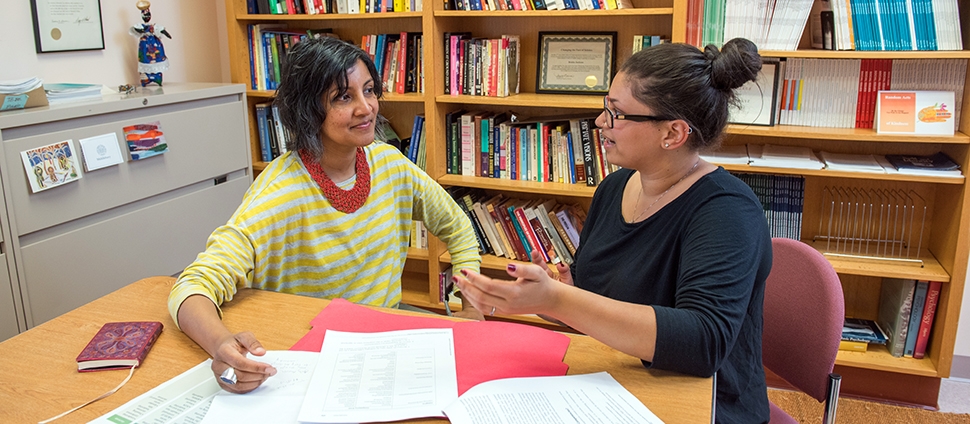Document Type
Article
Publication Date
1-1-2000
Publication Title
Journal of Experimental Psychology: Learning Memory and Cognition
Abstract
Six experiments compared spatial updating of an array after imagined rotations of the array versus viewer. Participants responded faster and made fewer errors in viewer tasks than in array tasks while positioned outside (Experiment 1) or inside (Experiment 2) the array. An apparent array advantage for updating objects rather than locations was attributable to participants imagining translations of single objects rather than rotations of the array (Experiment 3). Superior viewer performance persisted when the array was reduced to 1 object (Experiment 4); however, an object with a familiar configuration improved object performance somewhat (Experiment 5). Object performance reached near-viewer levels when rotations included haptic information for the turning object. The researchers discuss these findings in terms of the relative differences in which the human cognitive system transforms the spatial reference frames corresponding to each imagined rotation.
Volume
26
Issue
1
First Page
151
Last Page
168
DOI
10.1037/0278-7393.26.1.151
ISSN
02787393
Version
Version of Record
Recommended Citation
Wraga, Maryjane; Creem, Sarah H.; and Proffitt, Dennis R., "Updating Displays after Imagined Object and Viewer Rotations" (2000). Psychology: Faculty Publications, Smith College, Northampton, MA.
https://scholarworks.smith.edu/psy_facpubs/139


